Despite being around for a few years now, foldable phones still come with issues, including durability, mediocre cameras, and average battery life. But after actually using a foldable that gets most things right, I don’t feel like I’m going to miss my slab phone anytime soon.
This Foldable’s Design Actually Makes Sense
Book-style foldables, like the Google Pixel 9 Pro Fold and the Samsung Galaxy Z Fold 6, have long struggled with one major issue: thickness and bulk. Foldable phones have moving parts like hinges for their folding screens, and that naturally makes them thicker and heavier. This is understandable to some extent—when you buy a foldable phone, you expect some added thickness since you are carrying around a device that opens up into a larger screen.
However, after using the Oppo Find N5 for over a month, I genuinely question why other foldables available in the US cannot achieve something similar. Oppo proudly calls the Find N5 the “world’s slimmest foldable,” with good reason. The device measures just 8.9mm thick when folded. When unfolded, one half of the Find N5 is barely thicker than its USB-C port.
For context, when folded, the Find N5 is about the same thickness as the recently launched mid-range king, the Google Pixel 9a—and remember, we are talking about a phone that folds in half, not a standard slab smartphone.
This design finally makes a foldable phone feel truly practical. You get the benefit of a large unfolded screen for videos, games, and multitasking. Yet, when folded, the device feels as slim and easy to carry as a regular smartphone. To put this in context, many people, including myself, have mistaken it for a standard phone more than once.
Another thing Oppo nailed with the Find N5 is the cover display design. Devices like the Galaxy Z Fold 6 have tall and narrow outer screens, which work but clearly gives users the cue that they are meant to use the bigger inner display most of the time.
The Find N5 has an outer display with an aspect ratio of 20.7:9, which is close to a regular phone. This means you can use the outer screen normally without feeling forced to unfold the device. This allows you to only flip open the large inner display when truly needed.
Flagship Hardware Without the Bulk
One of the biggest drawbacks to foldable phones is usually battery life. While most foldables match flagship phones in raw power, their battery life often lags behind because there is less room to fit a large battery inside the foldable form factor. Oppo, however, has managed to pack a 5,600 mAh battery—one of the biggest batteries in a foldable phone—into the Find N5, along with support for 80W fast charging.
In real-world use, this meant I could easily get through each day with plenty of battery left, even while using both the cover display and the large 8.12-inch foldable OLED panel extensively. My daily usage included lots of texting, YouTube streaming, social media scrolling, some phone calls, and a bit of light gaming. Throughout it all, the Find N5 lasted all day effortlessly. On days of heavier use, 80W fast charging came in clutch, giving me around 70% in just half an hour.
In terms of performance, the Find N5 held up just fine compared to other flagship Android phones I’ve used recently, like the Pixel 9 Pro and OnePlus 13. It runs on the Snapdragon 8 Elite chipset, though it uses the 7-core variant, meaning it has one less core than other flagships.
Despite this, apps, games, and animations ran smoothly during my time with the phone, and I rarely noticed any struggles or slowdowns, even under heavier loads.
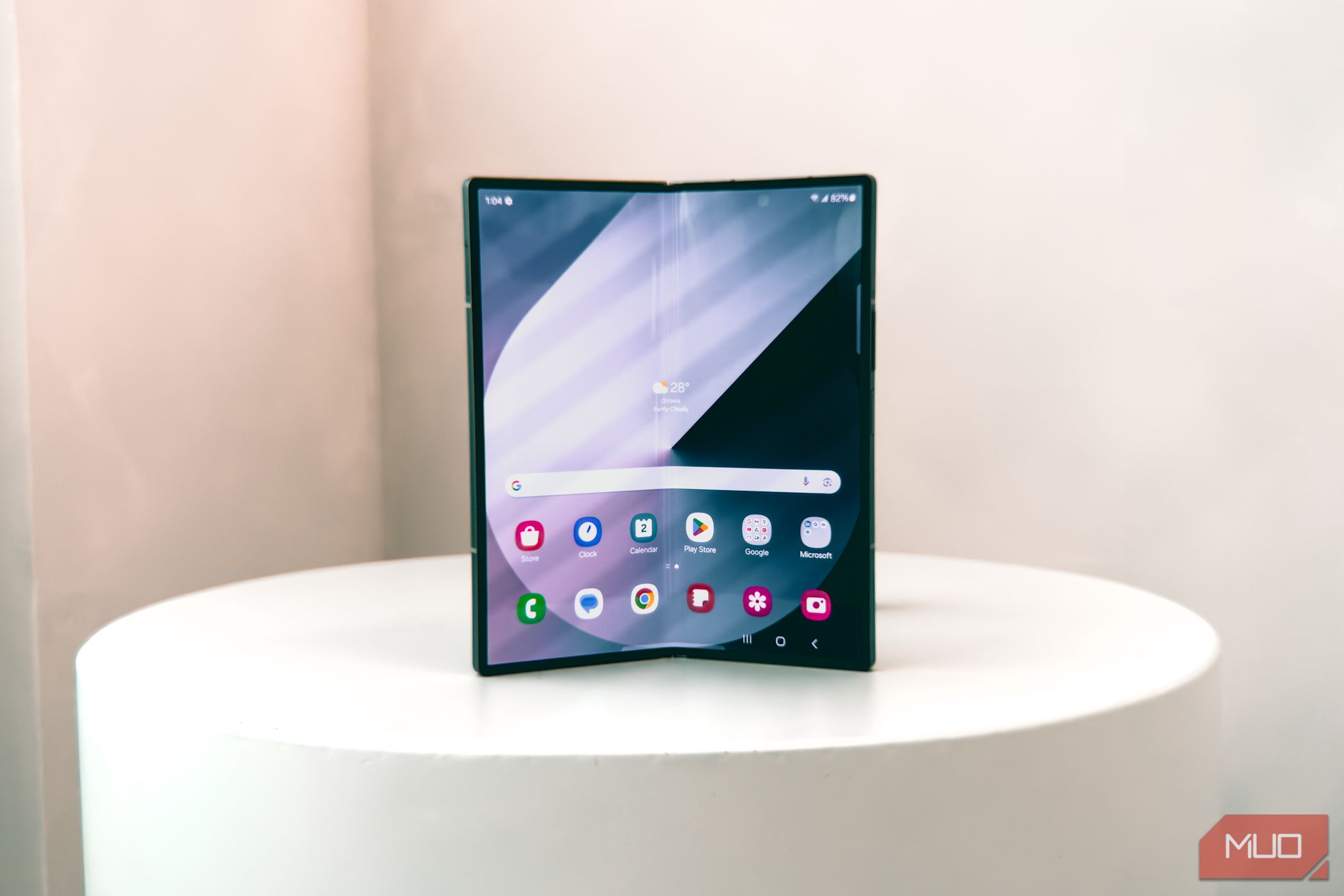
Related
I Use a Foldable as My Daily Driver: Here’s Why I Love It
I don’t think I can ever go back to a slab phone now.
Multitasking Is Just Better on a Foldable
One of the main reasons foldable phones continue to impress me is because of the large inner display. The ability to open up the device and reveal a huge screen is something that still excites me every time I unfold the Find N5. And using the bigger display for everyday tasks like watching videos or running apps side by side has been a fantastic experience on this device.
Opening apps side-by-side, tucking a live stream into a corner while browsing social media, and countless other multitasking setups are just better on a foldable screen than on a regular phone. Sure, you can multitask on a standard slab phone too, but even half an inch of extra screen space makes a big difference if you’re someone who multitasks often.
I love taking notes (mostly for brainstorming) while browsing on the other half of the screen. On the Find N5, this setup is seamless and comfortable thanks to the large inner screen. On regular slab smartphones, I often switch between apps to get the same workflow going.
I’m Not Switching Back to Flat Screens Anytime Soon
I have always been a huge fan of flagship Android phones and the features they bring. I also love foldable phones for the massive displays they offer in a relatively familiar form factor.
The Find N5, however, is the first Android smartphone that has truly given me the “best of both worlds” without making any real compromises. I still get the flagship-level power I expect, a huge battery with fast charging to back it up, and impressive displays, all in a form factor that actually makes me more productive every day.
At this point, I can’t see myself switching back to a regular slab phone anytime soon and I’m perfectly okay with that.


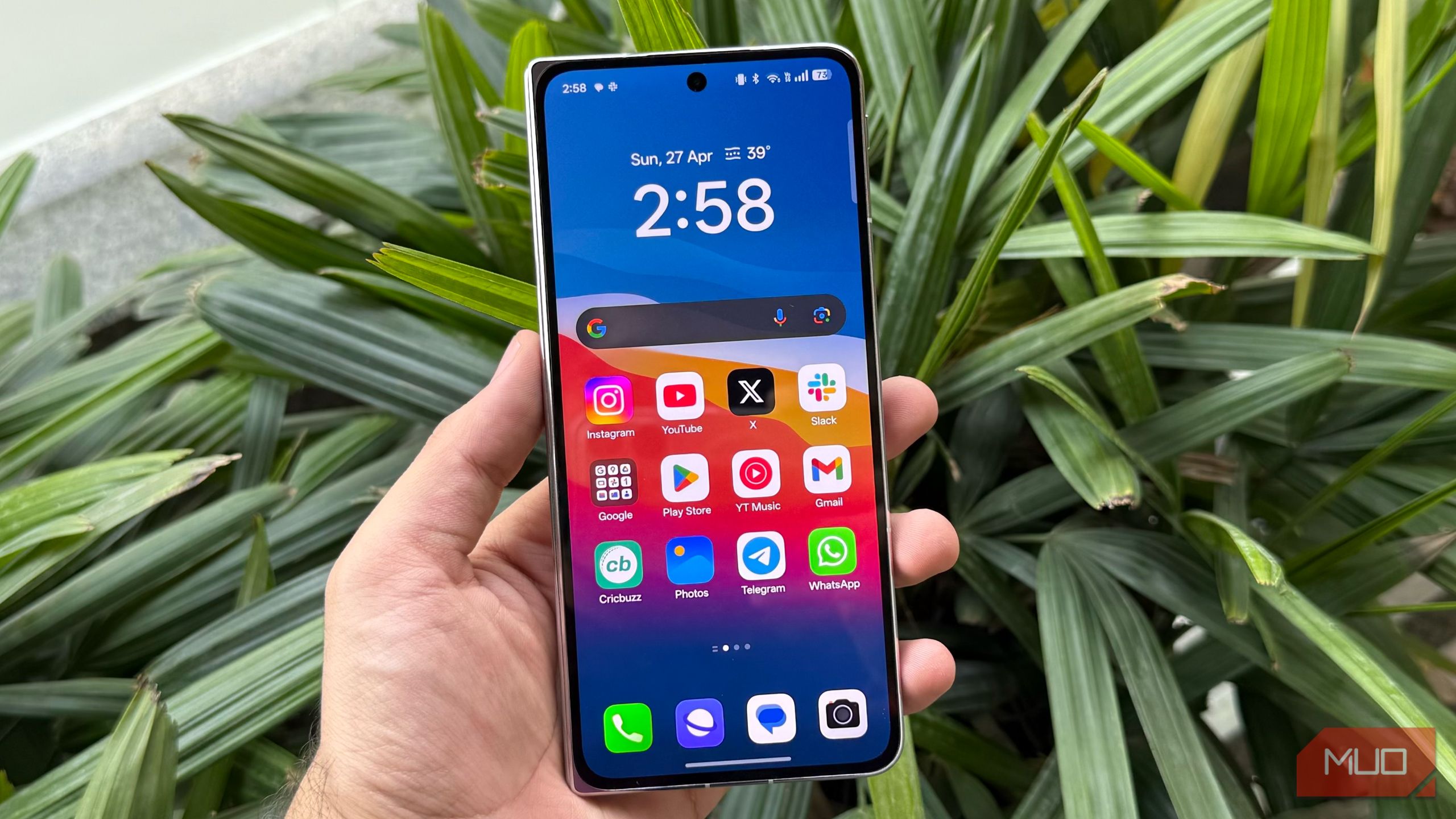
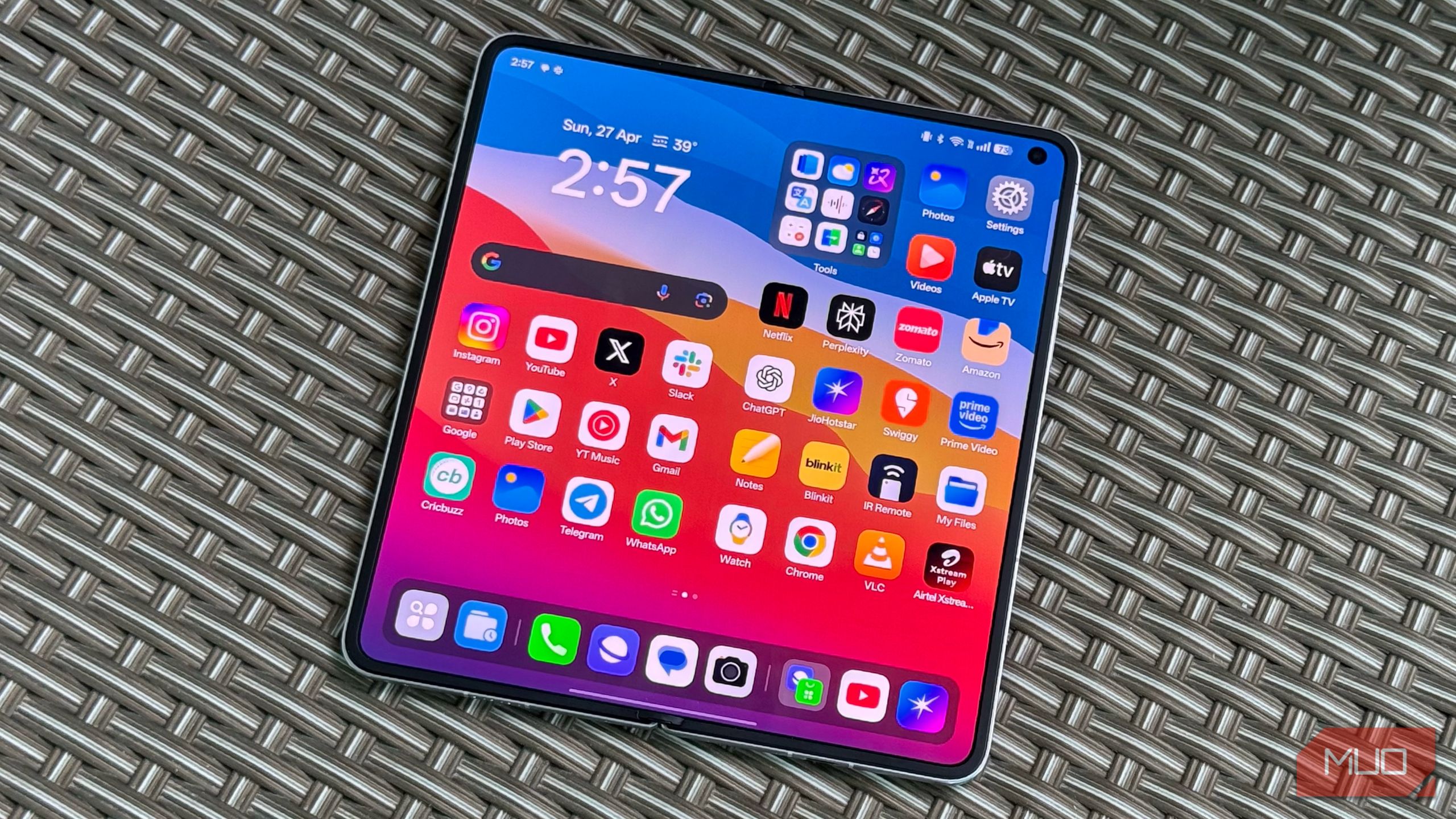
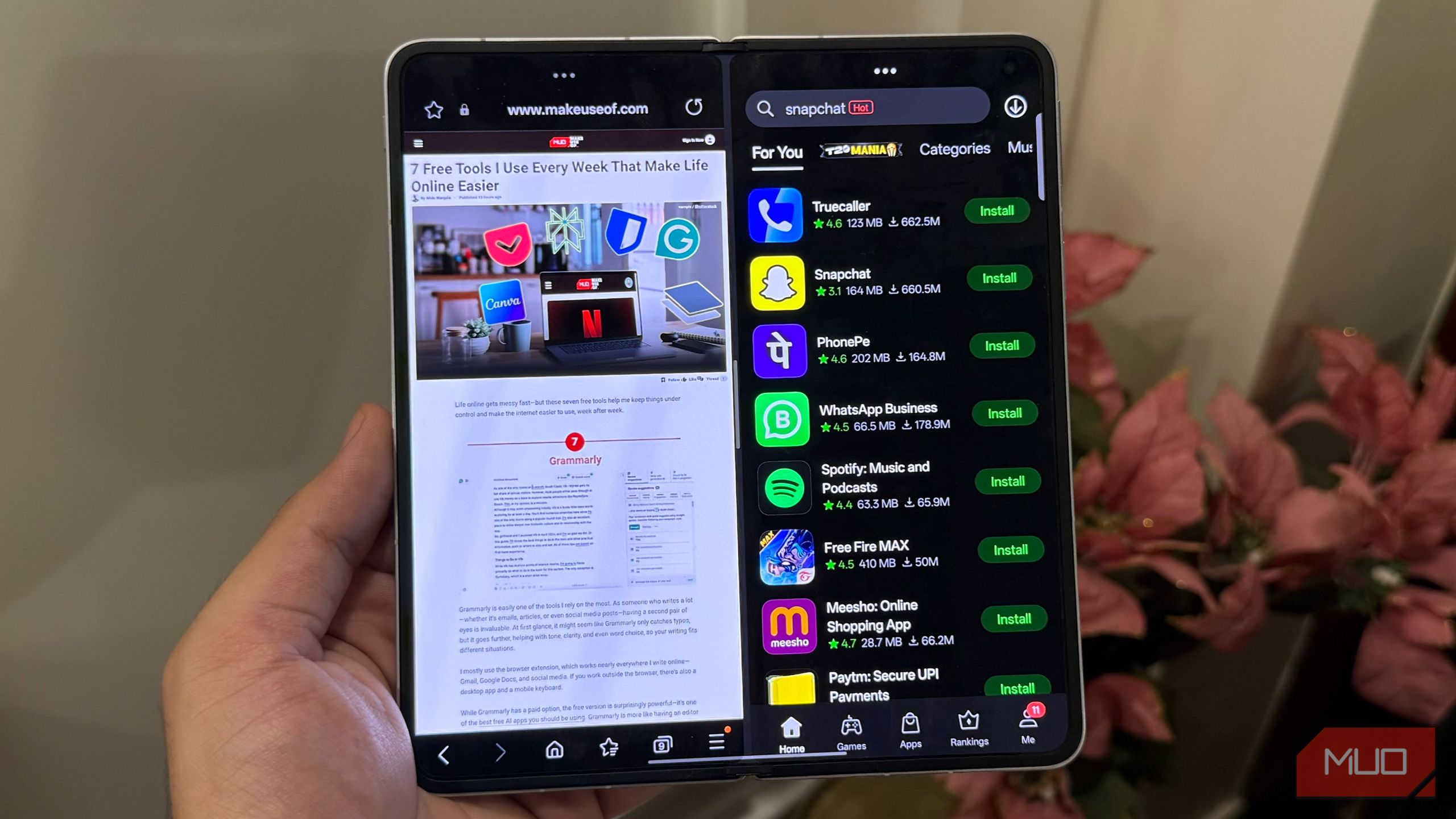
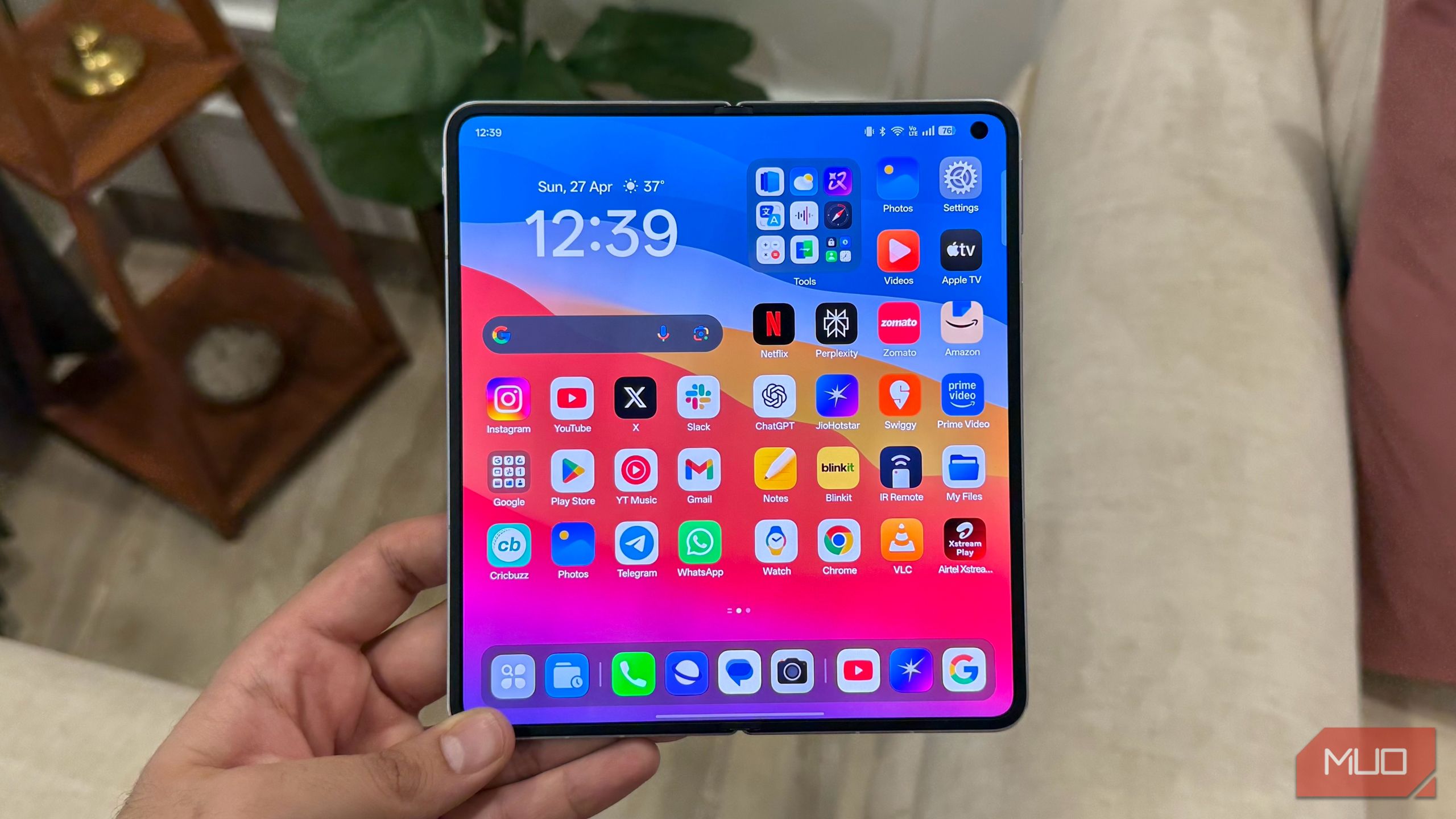





Leave a Comment
Your email address will not be published. Required fields are marked *